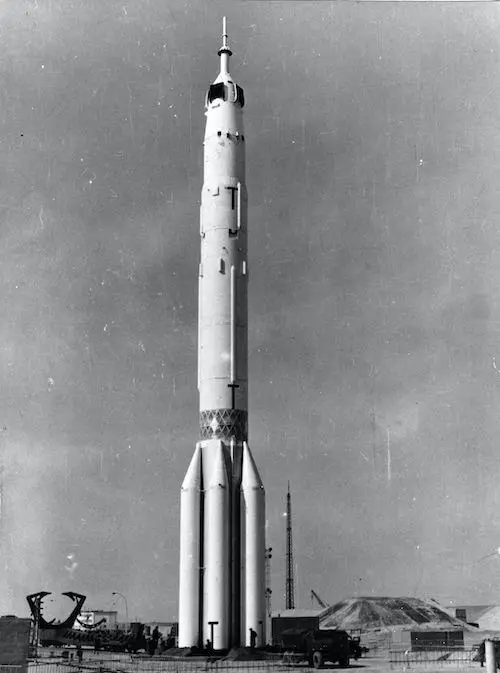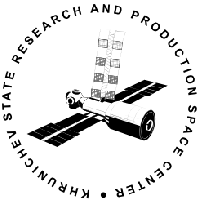Luna 23
Launch Success
Liftoff Time (GMT)
14:30:31
Monday October 28, 1974
Mission Details
Luna 23
Luna 23 was an unmanned space mission of the Luna program developed by the Soviet Union. Luna 23 was a Soviet Moon lander mission which was intended to return a lunar sample to Earth. Launched to the Moon by a Proton-K/D, the spacecraft tipped over on its side and was damaged upon landing in Mare Crisium (Sea of Crises). The sample collecting apparatus could not operate and no samples were returned. The lander continued transmissions for three days after landing. In 1976, Luna 24 landed several hundred meters away and successfully returned samples. The asteroid-like object 2010 KQ is believed to be a rocket that parted the Luna 23 module after launch. Luna 23 was the first modified lunar sample return spacecraft, designed to return a deep core sample of the Moon's surface (hence the change in index from Ye-8-5 to Ye-8-5M). While Luna 16 and Luna 20 had returned samples from a depth of 0.3 meters, the new spacecraft was designed to dig to 2.5 meters. After a midcourse correction on 31 October, Luna 23 entered orbit around the Moon on 2 November 1974. Parameters were 104 × 94 kilometers at 138° inclination. Following several more changes to the orbit, the spacecraft descended to the lunar surface on 6 November and landed in the southernmost portion of Mare Crisium. Landing coordinates were 13° north latitude and 62° east longitude. During landing in "unfavorable" terrain, the lander's drilling device was evidently damaged, preventing fulfillment of the primary mission, the return of lunar soil to Earth. Scientists devised a makeshift plan to conduct a limited science exploration program with the stationary lander. Controllers maintained contact with the spacecraft until 9 November 1974.
Trans Lunar Injection
1 Payload
5,968 kilograms
Rocket


Manufacturer
KhrunichevRocket
Height: 56.14m
Payload to Orbit
LEO: 18,900 kg
GTO: 9,000 kg
Liftoff Thrust
8,840 Kilonewtons
Fairing
Diameter: 3.9m
Height: 8.9m
Stages
4
Launch Site
Stats
Proton-K
45th
Mission
5th
Mission of 1974
Khrunichev State Research and Production Space Center
880th
Mission
70th
Mission of 1974
1974
90th
Orbital launch attempt